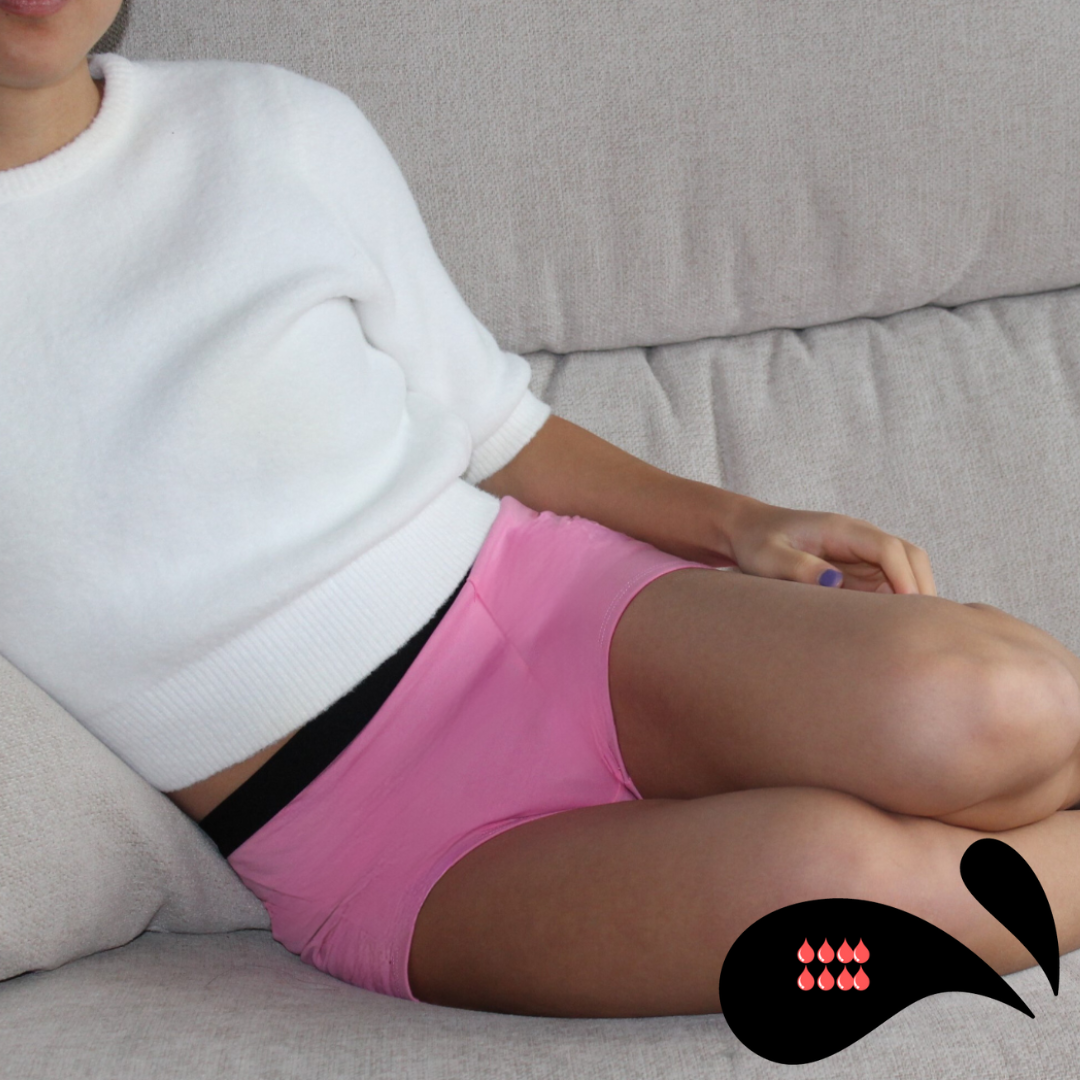Nickeze are determined to try and help children that have bladder leaks. As a mother myself, I can only imagine how difficult this is on a child and his/her parents. Our bladder leak underwear, however, are for light leaks. They are not incontinence wear.
What is the difference?
Bladder leak underwear are for your occasional urinary light losses, like with a giggle etc. They aren't for kids with moderate or large levels of urinary loss. Urinary Incontinence is described as the total loss or emptying of the bladder. However, the two terms are often used interchangeably.
What are Bladder Leaks?
Bladder leaks in children can be a common issue that many kids experience during their early years of life. It occurs when a child unintentionally releases urine. This condition can be distressing for both the child and their parents, but it's essential to understand that it's often a normal part of a child's development and usually improves with time.
There are different types of urinary incontinence/bladder leaks in children:
-
Primary Nocturnal Enuresis: This refers to bedwetting at night in children who have never achieved consistent nighttime dryness.
-
Diurnal Enuresis: This involves daytime wetting, and it can occur in conjunction with nighttime bedwetting or on its own.
-
Secondary Enuresis: In this case, a child who has achieved bladder control experiences a return of urinary incontinence after a period of dryness.
Several factors can contribute to bladder leaks in children:
-
Developmental factors: The child's bladder and urinary control system may still be maturing, leading to temporary incontinence.
-
Emotional factors: Stress, anxiety, or emotional changes like a significant life event can sometimes lead to temporary bladder issues.
-
Genetics: If there's a family history of childhood urinary incontinence, the child may be more prone to experience it.
-
Urinary Tract Infections (UTIs): Infections can irritate the bladder and cause temporary incontinence.
-
Constipation: Chronic constipation can put pressure on the bladder and interfere with its normal function.
-
Structural issues: Rarely, structural abnormalities in the urinary tract can contribute to incontinence.
Treatment for bladder leaks in children depends on the underlying cause. In many cases, it may resolve on its own as the child grows older and their bladder control system matures. However, if the issue persists or is causing significant distress to the child, it's essential to consult a healthcare professional.
Some general tips for managing bladder leaks in children include:
-
Encourage regular bathroom breaks: Remind the child to use the bathroom regularly during the day, even if they don't feel the urge to go.
-
Limit fluid intake before bedtime: Reducing the amount of liquid the child consumes before bedtime may help with bedwetting.
-
Create a positive and supportive environment: Avoid punishment or shaming related to incontinence; instead, provide encouragement and support to the child.
-
Bedwetting alarms: For primary nocturnal enuresis, bedwetting alarms can help wake the child when they start to urinate, conditioning them to respond to the sensation and eventually improve nighttime dryness.
Remember, if you're concerned about your child's bladder leaks, it's best to consult a pediatrician or a healthcare professional who can provide personalized advice and guidance.
How often do I change Bladder Leak Underwear
-
Hygiene: Wearing the same underwear for an extended period can lead to bacterial and fungal growth, causing irritation, infections, and bad odor. Frequent changing helps maintain good hygiene and keeps your child's skin clean and dry.
-
Leakage Management: Bladder leak underwear is designed to absorb and contain light urine leaks. Frequent changing ensures that the absorbent material remains effective and prevents leaks from reaching clothing.
-
Comfort: Wearing wet or soiled underwear can be uncomfortable and may cause skin irritation and discomfort. Changing regularly allows your child to stay comfortable and avoid unnecessary irritation.
-
Odor Control: Frequent changing of bladder leak underwear helps to manage and control any unpleasant odors that may result from urine exposure.
-
Skin Health: Prolonged exposure to urine can irritate the skin and may lead to conditions like dermatitis or urinary tract infections. Changing underwear regularly reduces the risk of such skin-related issues.
-
Confidence and Well-Being: Frequent changing ensures that your child feels confident and secure throughout the day, knowing that you are adequately managing bladder leaks and maintaining their personal hygiene.
The exact frequency of changing bladder leak underwear may vary depending on the severity of your child's condition and the absorbency of the product. It's essential to follow the recommendations and encourage your child's to change their underwear whenever it becomes soiled or wet to maintain optimal hygiene and comfort. Additionally, if you have concerns about bladder leaks or your choice of underwear, contact us for personalised advice and recommendations.
By Team Nickeze





